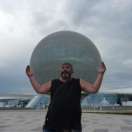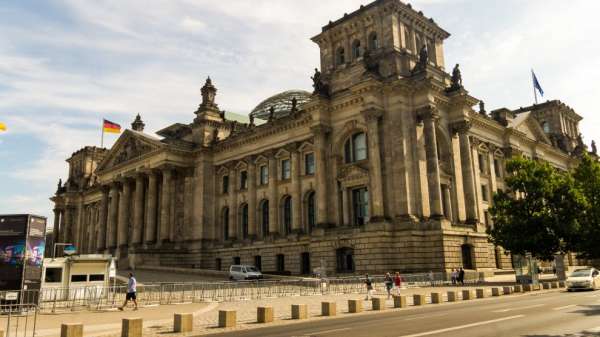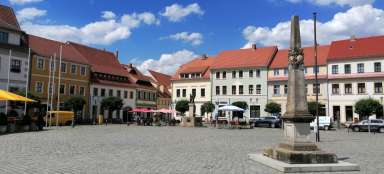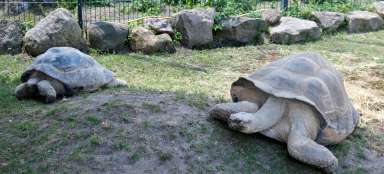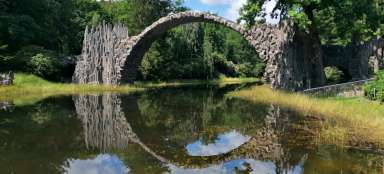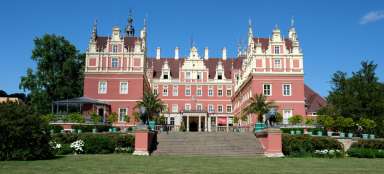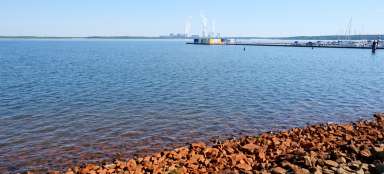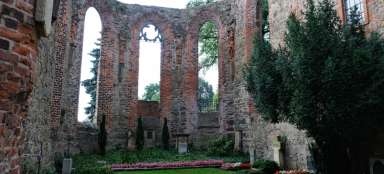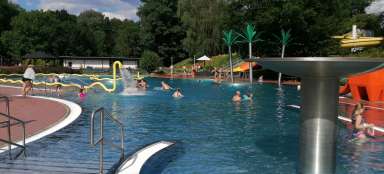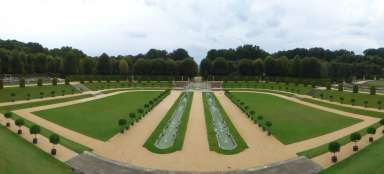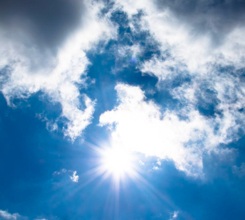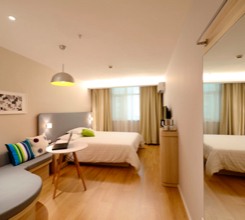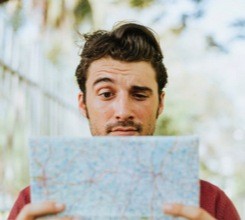Full day city tour

Berlin is the capital of Germany and one of the largest and most visited places in Europe. In the article, I bring a preview of the tour from my point of view of the most famous „mandatory“ stops in Berlin, if you do not have enough time for the tour. Ideal if you just walk through the city or want to stop here for a minimum of time.
Monument to the murdered Jews of Europe
It was built between 2003 and 2005. The author is the world-famous architect Peter Eisenman, who built a monument from 2711 concrete blocks of various thicknesses and heights. The largest block is up to 4.7 meters high, the heaviest weighs 16 tons. The monument cost 27.6 million euros and the annual cost of maintaining the monument is at the level of approximately 2.7 million euros. Under the memorial itself is the Holocaust Museum.

Monument to Soviet soldiers in Berlin
A tour of one of the largest and most famous parks in Berlin, the Tiergarten, which houses, among other things, one of the few monuments to the Soviet occupation of Berlin, a memorial to Soviet soldiers from the Second World War.
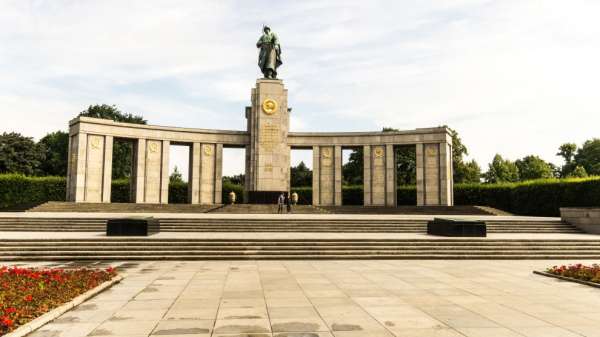
Reichstag building
The building was built in 1894 and served until 1933 as the building of the Reichstag. In 1933, the building burned down under strange circumstances, which the Nazis used to subsequently suppress most human rights. Thanks to the historical value of the building, it became the target of heavy fighting during World War II, when the building was protected by several thousand Nazi soldiers, but nevertheless the building was finally conquered on April 30, 1945 in front of the cameras. This act can be considered the end of World War II in Europe. After 1990, the building began to re-sit in the German parliament, until then it was more or less a ruin on the border of West and East Berlin. Reconstruction took place in the years 1961 – 1964, and originally planned to place a museum in it.
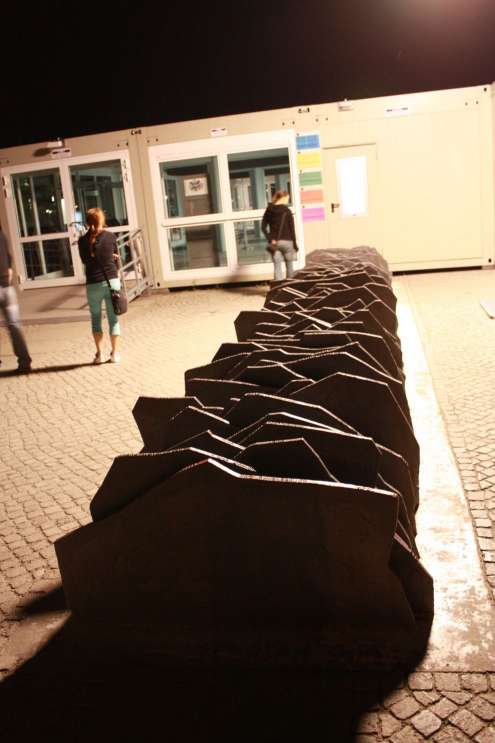
Monument to deputies.
A memorial to deputies who refused to collaborate with the Nazi regime and were killed for it during World War II.
Brandenburg Gate
Built in 1734 as a customs gate in the fortifications of Berlin, it is a 26 m high, 65.5 m wide and 11 m long sandstone building in the style of early classicism. The gate is formed by columns in the Ionian-Doric style. The gate is decorated with scenes from the life of Hercules, the Roman god of war Mars and the goddess Minerva. At the top of the gate is the quadriga of the winged goddess of peace Eirene. At the time of its creation, the gate symbolized peace and was also represented by the goddess holding an olive wreath in her hand. Furthermore, history was not so peaceful. The quadriga was stolen by Napoleon's soldiers in 1806, during the occupation of Berlin, and moved to Paris. She did not return to Germany until 1814. After this incident, the olive joy was replaced by an iron cross.
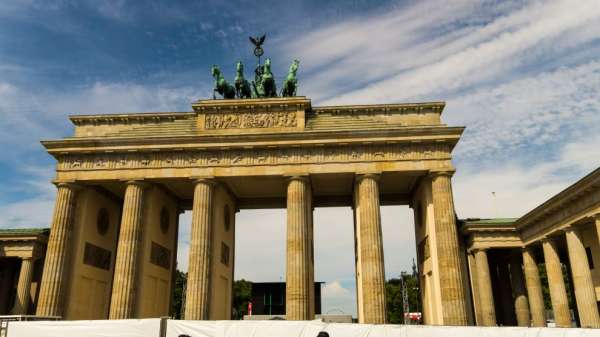
Postdamer platz
The new center of Berlin, where several headquarters of world companies are located, such as: Sony, Daimler, Deutsche Bahn, but also the Berlin Opera and many others, including a major railway junction. As a monument to the period between 1948 and 1989, when Berlin was divided, there are the remains of the Berlin Wall.

Berlin Wall
On August 13, 1961, Berlin was definitively divided into western and eastern parts, and was reunited only after 1989, when the Berlin Wall was demolished. A few points of interest about the Berlin Wall: measured 155 km of which within the city it was 43 km; operates the West Berlin underground also passed through two stops in the eastern district controlled by customs; the wall fell by mistake a day earlier than originally planned; the Berlin Wall consisted of a total of 45,000 blocks, one weighing 2.7 tons and 3.6 meters high; along the border were 302 watchtowers and 20 bunkers; an estimated 600 people lost their lives in an attempt to cross the Berlin Wall; the most famous escape was the escape of 19-year-old soldier Conrad Shuman, who jumped over a barbed wire barricade; several people in the west took skipping the Berlin Wall as an adrenaline sport, which also became fatal for them; the wall crossed 4 metro lines, 8 railway lines and 193 streets; since the creation of the GDR to the construction of the Berlin Wall, more than 3,000,000 people have fled west across Berlin. Within East Berlin, there were also a few exclaves that belonged to West Berlin, the most famous being the village of Steinstucken, which was supplied by US Army helicopters until 1971.
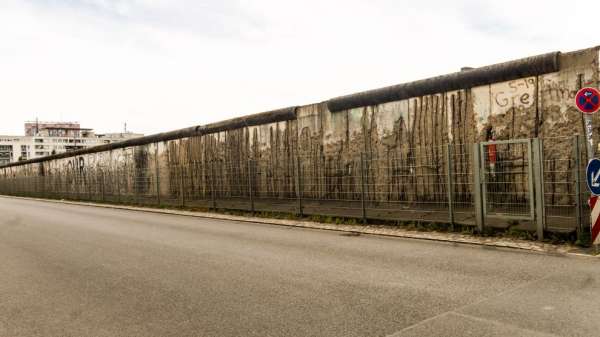
Checkpoint Charlie.
The most famous border crossing between the Soviet and American sectors of Berlin is located at the intersection of Friedrichstrasse and Kochstrasse. The crossing became famous especially during the uprising in the GDR in October 1961, when the tanks of the American and Soviet armies stood opposite each other during the uprising, and it was one of those moments when humanity was very close to the outbreak of World War III.

Humboldt University
Humboldt University is the oldest university in Berlin, founded in 1810. Famous personalities such as the philosophers Hegel, Schopenhauer, Marx, Engels, physicists Einstein and Planck, the founder of the EU Robert Schuman and many others. There were 29 Nobel Prize winners at the university. The university is ranked as the 120 best universities in the world and 44 in Europe.
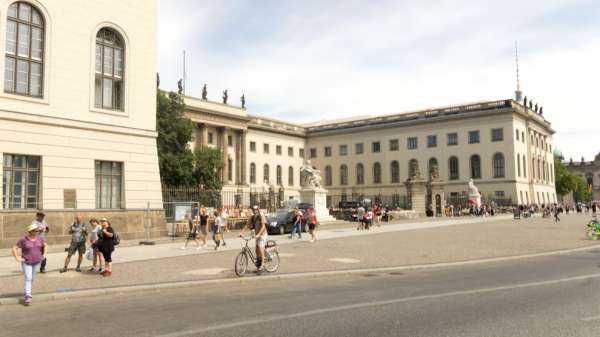
Berliner Dom
The Berlin House is one of the largest sacral buildings in the city. Its history dates back to the middle of the 18th century, when a new baroque-style church was built on the site of the original church by order of Friedrich the Great. The monumentality of the building was highlighted at the end of the 19th century, when the upper dome was raised and other architectural elements were added. During the Second World War, the cathedral was significantly damaged, its restoration took place in the following decades.
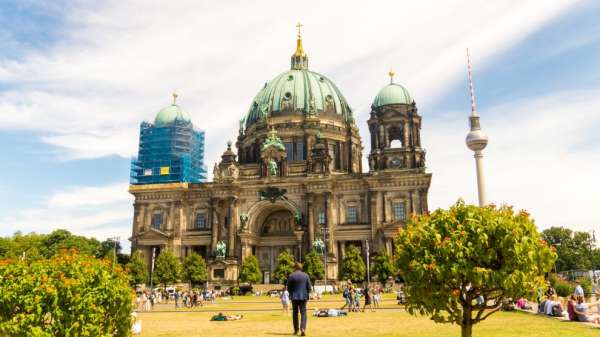
Old museum
One of the five museums located on Museum Island in central Berlin, which were built between 1841 and 1930. Other museums on the island include: Pergamon Museum, New Museum, National Gallery and Bodemuseum.


Church of St. Mary
One of the few freely available churches in Berlin is the Evangelical Church of St. Mary located near the famous Alexander Platz. In the background we see the building of the Fernsehturm television tower.
City Hall
The building of the Berlin City Hall in the foreground with a fountain with a motif of the god Neptune.
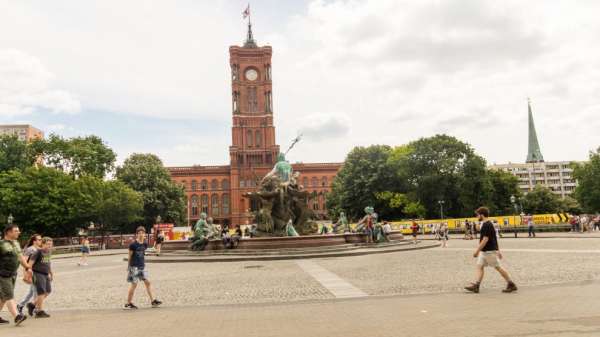
Lustgarden park
One of the most famous parks in Berlin, which is an ideal place to relax after a busy city tour, is located on Museum Island at the end of one of the most famous streets: Unter den Linden.
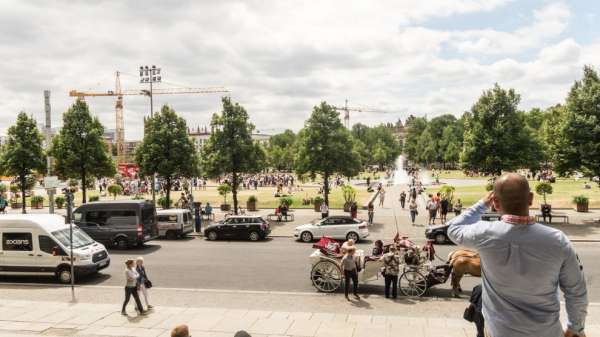
Promenade on the Spree
A walk along the river Spree is another way to relax after a tour of Berlin, along the river there are a large number of bars and restaurants where you can taste local specialties and take in the atmosphere of the city.





